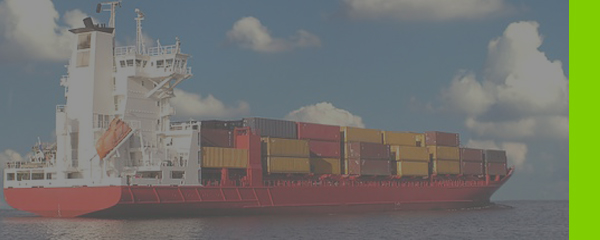
What are Landed Costs?
Businessdictionary.com defines Landed Costs as “The total cost of a landed shipment including purchase price, freight, insurance, and other costs up to the port of destination. In some instances, it may also include the customs duties and other taxes levied on the shipment.”
When a business imports goods, materials, and products, the purchase price is only one part of the cost of the received product. Landed costs allow users to also include labor, freight, tax, and more as part of the cost of the product when it’s received into Inventory. As an example, the landed cost of product A received into inventory can be set to include the original purchase cost of $10 plus the $2.50 in freight charges and duty costs, for a total landed cost of $12.50 versus the just the $10.00 purchase price.
It’s critical for businesses and their accounting departments to properly account for these costs when importing goods.
Luckily, NetSuite can help!
How are Landed Costs managed in NetSuite?
NetSuite has a feature which allows you to track landed costs on specific items using various methods. NetSuite also allows users to define multiple types of Landed Costs, such as overseas freight, duties, and inland freight, that can be associated with an Item Receipt. Finally, the Landed Cost Allocation per Line feature gives users a valuable tool for tracking location-specific costs of your organizations’ purchases from suppliers and vendors around the world.
To track expenses as landed costs, NetSuite provides a Landed Cost subtab on Item Receipt transactions where users can enter the allocation method, source, and amount of the landed cost for each type of landed cost. It’s also to setup a pre-defined value for landed costs by Item, such as a fixed % of the purchase price.
There are three methods by which landed cost values may be allocated across eligible items include:
- Weight
- Quantity
- Value
- Custom
You have multiple options for attributing landed costs since they can be calculated differently by vendors. Typically, users calculate shipping charges by the weight of the products. On the other hand, landed costs for insurance costs are usually calculated by the value of the goods.
How are the new Tariffs calculated?
NetSuite Users can set up a Tariff Landed Cost type and set the value equal to a % of the purchase price, which is the most common configuration. These Tariff Landed Cost rates can be set on the Item record, since the rate is known, and then auto-applied to Items when received. Clients often elect to manage freight in the same way, which can fully automate the process of associating multiple Landed Cost elements to the carrying cost of Items. This setup also ensures Item profitability reports are acccurate and reflect the true cost of Items sold.
For more information on NetSuite or how to set up Landed Costs, contact Keystone today!
![]()
Keystone. Your NetSuite solution provider and integration partner.
Call – 866-546-7227 | Email – info@keystonebusinessservices.net





